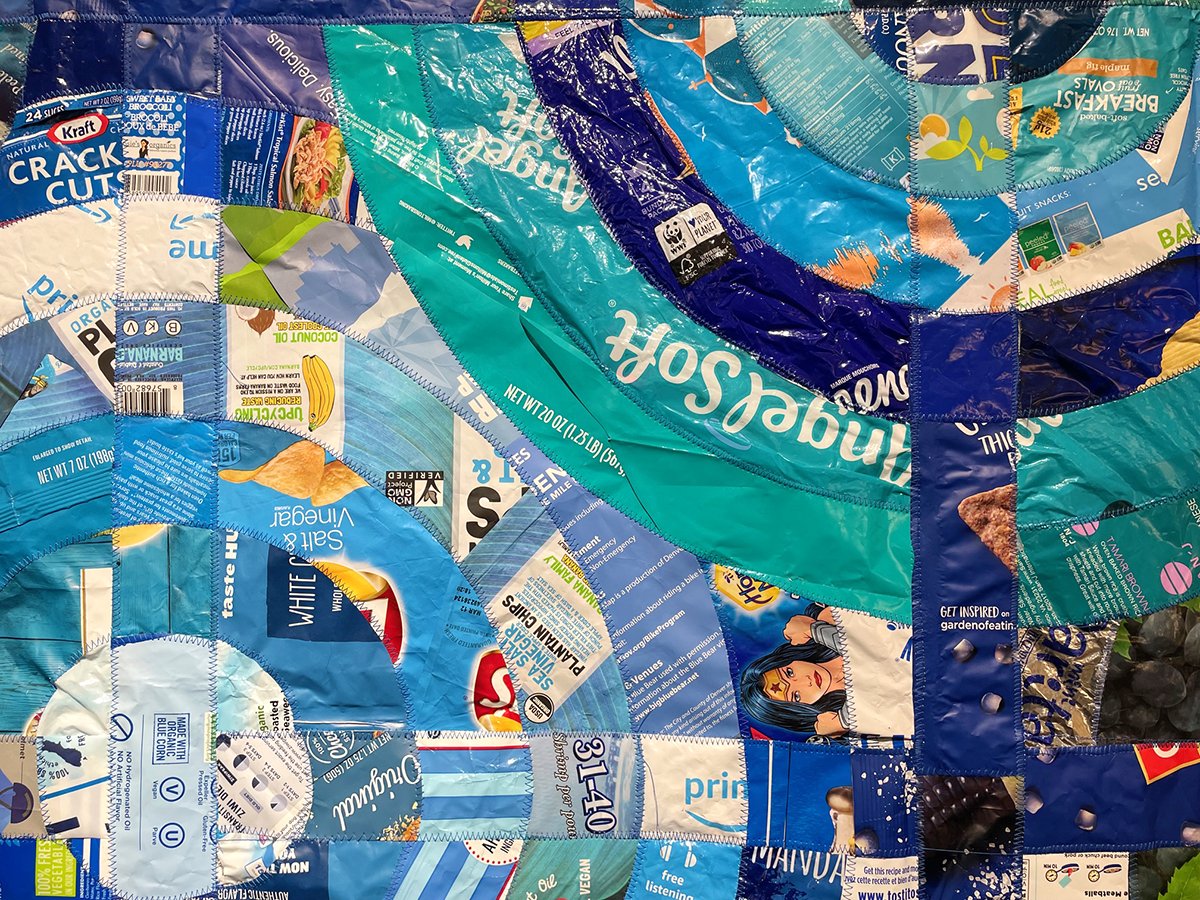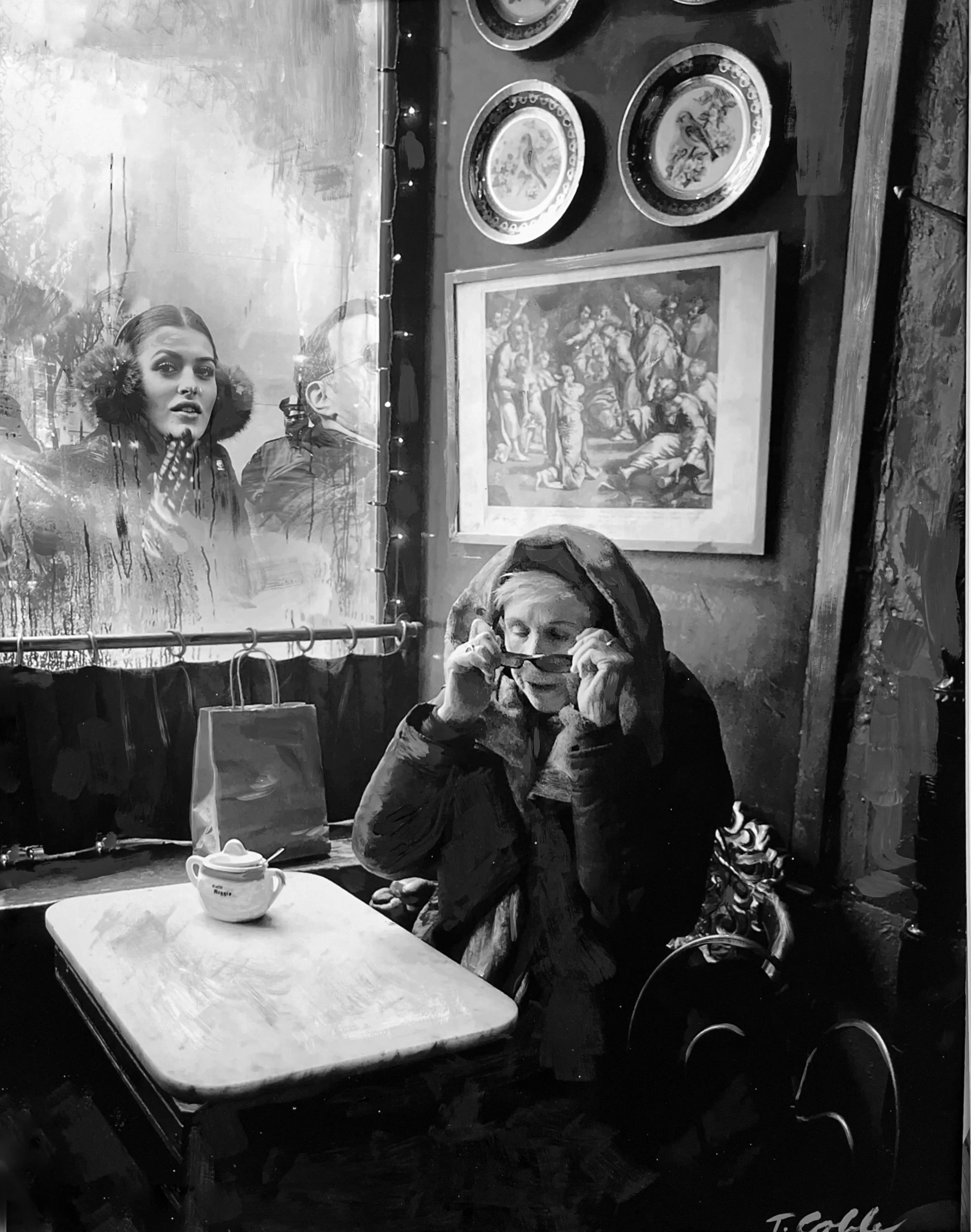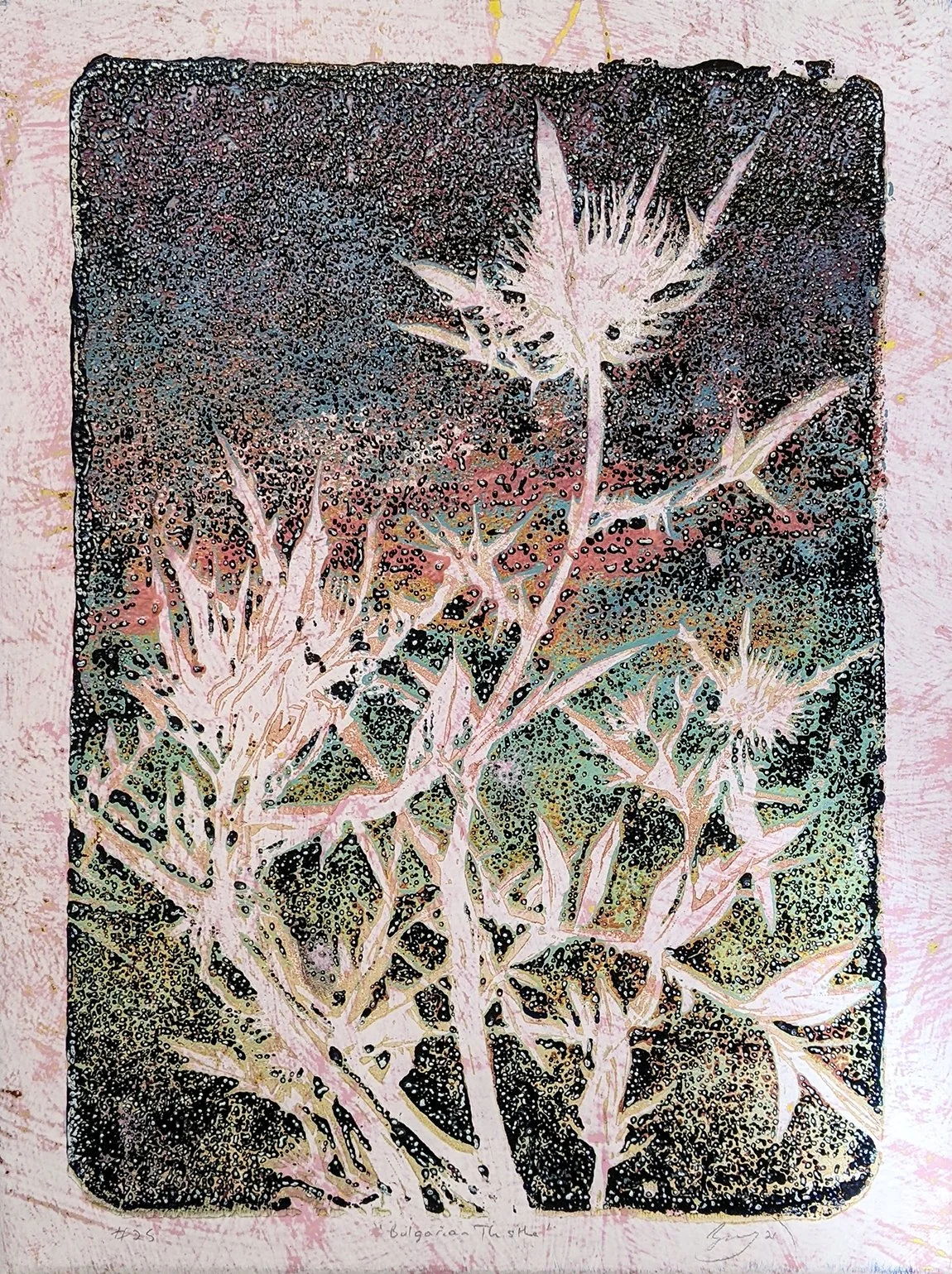In the exhibition Patterns of Consumption at the Littleton Museum, Kalliopi Monoyios converts cast aside objects, including single-use plastic, cords, and snack packaging, into new states of being as art materials, quilt-like wall hangings, sculptures, and three-dimensional framed works ranging from minimalist to maximalist styles that are nearly unrecognizable from their original forms.
Welcome to DARIA: Denver Art Review, Inquiry, and Analysis, a publication devoted to art writing and criticism focused on the Denver-area visual art scene. DARIA seeks to promote diverse voices and artists while fostering critical dialogue around art.





















